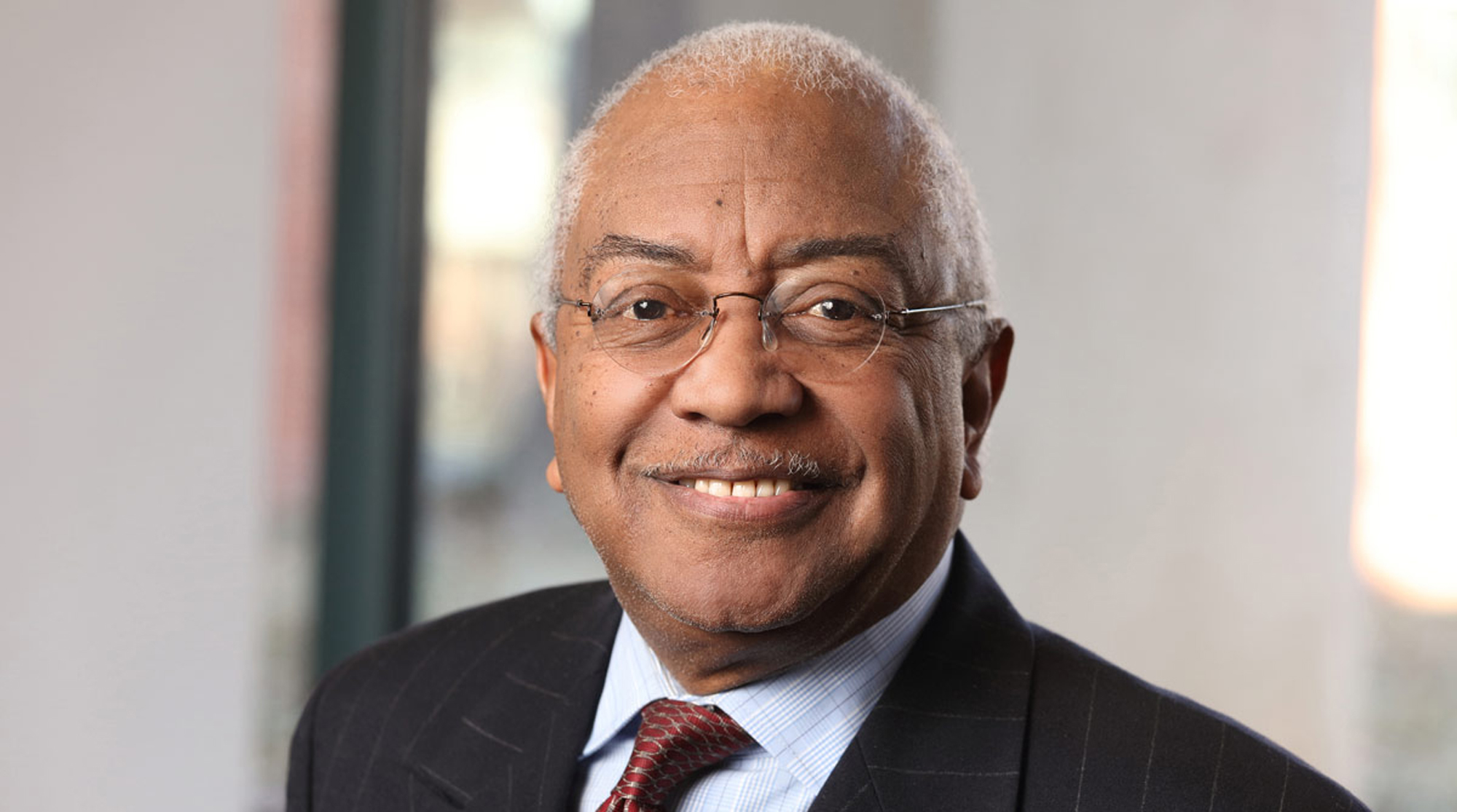Having grown up in Brooklyn, I always knew the Gowanus Canal to be a polluted waterway that was near the big-box hardware stores under the Brooklyn-Queens Expressway. It was flanked by “cool neighborhoods” on either side- namely, Park Slope, Carroll Gardens, and Boerum Hill. These are the places my parents liked to go out to dinner, do boutique shopping, and catch a movie. To me there was this grey area between Fifth Avenue and Smith Street, of which I knew nothing about for most of my childhood. It was Gowanus.
Fast forward to my college years. I’m in an introduction to Urban Planning course, learning about Superfund sites. It turns out that the dirty little waterway is one of the country’s most polluted. Fast forward to present day. I’m back in Brooklyn, getting my Master’s in City and Regional Planning, and working in water management. My office is in- you guessed it- Gowanus.
With water, it’s important to consider that every part of the cycle is interconnected. One could argue that what we do at Ashokan Water Services (reading meters, monitoring consumption, and finding ways to help people save on bills, to name a few of our so-called water services) has little effect on bigger, hot-topic water issues that environmentalists are into. I, however, beg to differ.
The less water we use, the less water we discharge to the sewer systems (and the less money we spend, but I’ll leave that pitch to our sales team!) Combined Sewer Overflows (CSOs) occur when the volume of waste in the sewer system exceeds capacity. When the sewers overflow, waste is released from CSO outfalls into bodies of water, like the Gowanus Canal. This is common during precipitation events, and the discharge can contain anything from stormwater runoff to toxic waste.
So, saving water seems great. It will save bill-payers money, and help ameliorate issues like CSOs. This is where the Gowanus Canal comes in. Last summer had the pleasure of chatting with folks from the Gowanus Canal Conservancy about the Gowanus sewershed and implications of impending rezoning in the neighborhood. The inevitable future of high-rise residential buildings in the area will lead to increased volume of water in the sewershed. The Conservancy’s goal is to implement extensive stormwater retention systems, such as bioswales and storage tanks in buildings, to eventually reach zero CSO. Requirements to implement sewage overflow prevention measures in new developments are included in the rezoning outline.
Mitigating waste dumped into the Gowanus Canal will allow the waterway to more easily transition to a natural state. The reintroduction of mussels and oysters into the ecosystem helps to filter water, and creating natural banks rather than built up bulkheads can help improve storm resiliency. While some groups advocate for development catered towards human recreation (such as boat slips, access points, and promenades), I think it is wiser to focus on returning the canal to a more natural state.
As someone who spends every day in relatively close proximity to the canal, I am concerned about the seriousness of health issues. There are reportedly higher than average cancer rates in the area, and anyone who comes in direct contact with the water is at even higher risk. I also had the opportunity to canoe with the Gowanus Dregdegrs Canoe Club last summer, and I’m going to be honest, I was very paranoid about touching the water. It was nasty. While I support their initiatives as stewards and educators, and hope that the Gowanus can ultimately be reclaimed for human enjoyment, remediation needs to come first.
Ultimately, the introduction of residential buildings surrounding the canal will lead to increased demand for public space. It is likely that this demand will come before the canal ceases being a cocktail of toilet water and chemicals, because of the impending rezoning in the area. The Department of City Planning’s rezoning framework for Gowanus is focused on resilient infrastructure, open space, job growth, and residential development. As can be seen with the first residential development to go up bordering the canal (365 Bond), some public space that has already been created.
Despite the filthiness of the Gowanus Canal, it really can be quite beautiful. It is as much an asset as it is an issue, and with the hard work of advocacy groups and conservationists in the neighborhood, the aforementioned Conservancy and Dredgers to name a few, change can be made. It is my dream for an organization like Ashokan to help spread the water conservation good news. Every effort helps, and every drop of water saved makes a difference.
It is important to keep in mind that water issues such as these are not limited to the Gowanus neighborhood. It is important to conserve water anywhere and everywhere! For more information on how we can help you save water, check out our website.
—
Allegra Miccio



